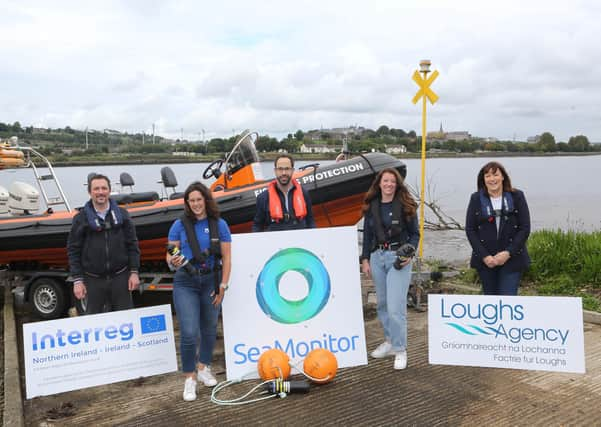Canadian crew on marine protection duty in North West


They are working on the SeaMonitor project which is delivering Europe’s largest fish monitoring array with the deployment of large-scale technology to track the movements of some of the ocean’s most vulnerable species including Atlantic salmon, flapper skate, basking sharks, seals and cetaceans.
Data collected by the researchers will be used to help inform marine policy and management frameworks, and support conservation measures. OTN field personnel, Cassandra Hartery and Caitlin Bate, have been carrying out expert field work co-ordinated alongside Diego del Villar, Senior Scientific Officer for the SeaMonitor project at Loughs Agency, using large-scale acoustic telemetry equipment.
Advertisement
Hide AdAdvertisement
Hide Ad“OTN has once again come up trumps for the Agency and the SeaMonitor project by lending their expertise to help our team with the retrieval and redeployment of Europe’s largest array. The ocean is a massive, dynamic and challenging environment to work in,” said Loughs Agency CEO, Sharon McMahon,
“Our priority is to get the equipment safely out of the water and I am delighted at the excellent progress to deliver such significant and innovative marine research data that will ultimately help protect some of our most important and vulnerable marine species. The Agency’s specialist team together with project partners are continuing to work hard to ensure project objectives are delivered whilst following COVID-19 protocols and the amazing work undertaken recently puts us well ahead of schedule.”
Funding for the SeaMonitor project has been provided under the environment objective of the European Union’s INTERREG VA Programme, which is managed by the Special EU Programmes Body (SEUPB), to the tune of €4.7m.